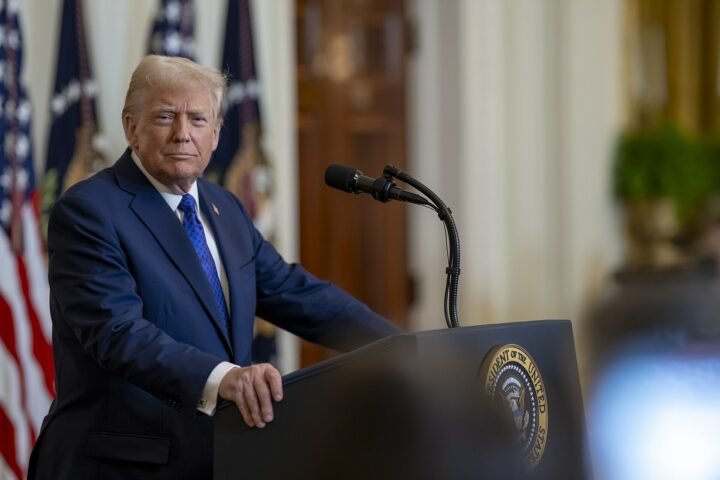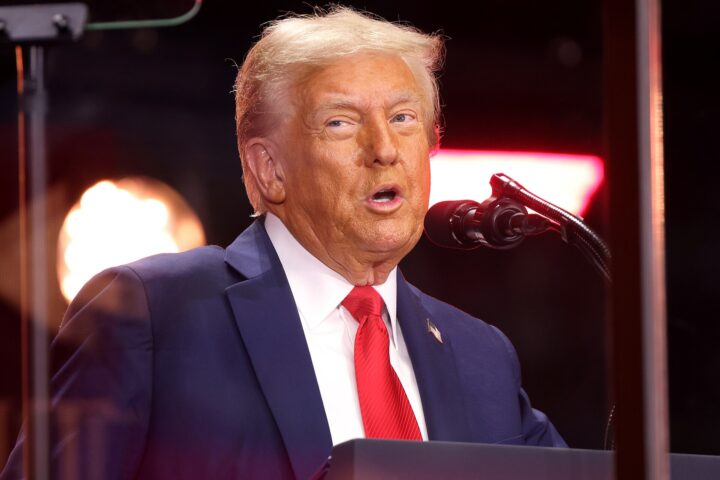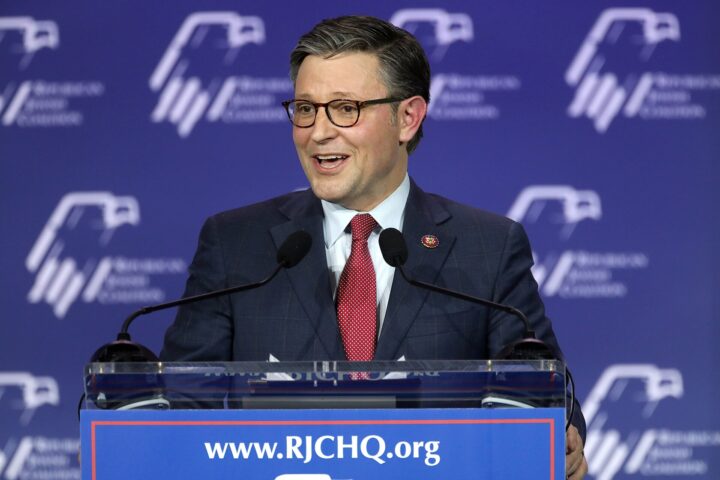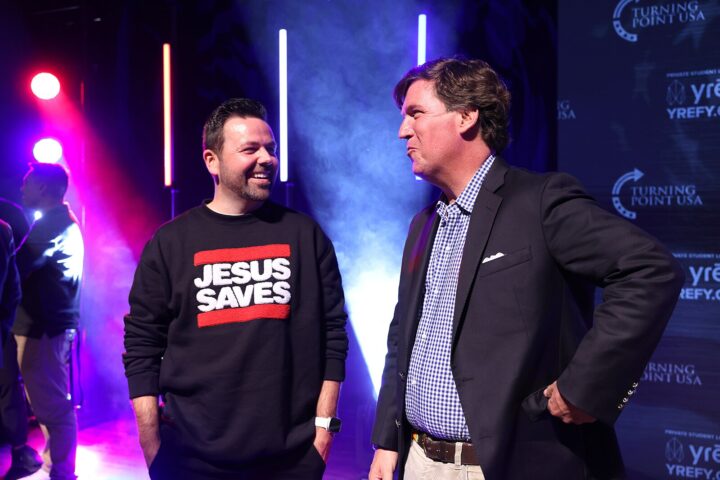Nvidia, now the world’s most valuable publicly traded company, delivered another set of blockbuster earnings on Wednesday, offering some relief to investors increasingly concerned that the artificial-intelligence sector has entered bubble territory.
The company posted record revenue and issued a stronger-than-expected outlook, a development that briefly calmed markets after a week of heightened anxiety over runaway spending in the AI arms race.
For the quarter ending in October, Nvidia reported revenue of $57 billion — a 62 percent increase from the same period last year and well above analyst expectations compiled by FactSet.
Demand for Nvidia’s advanced data-center chips continued to surge, cementing the company’s position at the center of the AI build-out. Looking ahead, Nvidia projected sales of $65 billion for the current quarter, surpassing the $62.1 billion estimate from Wall Street. Shares rose 2 percent in after-hours trading.
The report comes at an uneasy moment for the technology sector. In recent weeks, investors have sold off major tech names, worried that companies are pouring unsustainable sums into data centers, specialized chips, and related infrastructure in a race to build and train ever-larger AI models — with no guarantee those investments can be recovered anytime soon.
The skepticism reflects a broader question that has dogged the AI boom: whether the spending frenzy is grounded in long-term value or inflated by speculative exuberance.
Fueling those doubts are a wave of recent AI-related deals that critics describe as “circular” arrangements — cases in which suppliers like Nvidia commit large capital sums to the businesses of their own customers. Earlier this year, such announcements turbocharged share prices across the sector.
But this week, a newly unveiled agreement among Nvidia, Microsoft, and Anthropic drew a noticeably cooler response, suggesting investors are beginning to question the logic and sustainability of these intertwined financial structures.
That concern is spreading. In a survey released this week by Bank of America, 45 percent of global fund managers identified a potential AI bubble as among the market’s most significant risks. Bears have found their moment as well: last week, Japan’s SoftBank Group — run by Masayoshi Son — unloaded its entire $5.8 billion Nvidia stake, redirecting the funds to other AI investments. A hedge fund affiliated with venture capitalist Peter Thiel also shed its entire $100 million Nvidia position during the third quarter.
Earlier in the month, Michael Burry — the investor best known for forecasting the subprime mortgage collapse and featured in The Big Short — disclosed that he was betting against Nvidia and Palantir, another company benefiting from the AI boom.
“The last few weeks, there have been some escalating cracks in the AI landscape,” said Matt Stucky, chief portfolio manager for equities at Northwestern Mutual Wealth Management Company, which holds Nvidia shares. He noted that while Nvidia remains the main beneficiary of AI-related spending, “market forces are pushing back harder and harder on that spending.”
Stucky suggested that anything short of $66 billion in projected current-quarter revenue would have made investors reluctant to bid the stock higher. He also pointed to rising insurance costs tied to corporate debt — including debt issued by companies such as Oracle to fund AI chip purchases — as another signal that markets are growing uneasy about the trajectory of the sector.
For now, Nvidia’s results have reassured investors that the company remains one of the few clear winners in a rapidly evolving landscape. But the broader question — whether the AI surge represents a durable technological transformation or a bubble inflated by unprecedented capital flows — continues to hang over the market.
[READ MORE: Alex Jones Urges Trump to Halt Attacks on Greene, Massie, and Paul as MAGA Rift Widens]








